What Is Sync in Video Editing?
In the world of video editing, sync refers to the process of aligning audio and video tracks to ensure they play together seamlessly. It is an essential step in post-production that helps create a polished and professional-looking final product.
The Importance of Sync
Sync is crucial because it directly impacts the viewer’s experience. When audio and video are out of sync, it can be distracting and frustrating-> for the audience, diminishing the overall quality of the video. Proper synchronization ensures that dialogue matches lip movements, sound effects are timed correctly, and music enhances the visuals.
Methods for Syncing Audio and Video
1. Clapboard or Slate:
A clapboard is a traditional tool used in filmmaking to mark the beginning of a shot.
It has a hinged board with a surface that can be clapped shut, creating a distinctive sound and visual cue. By capturing this moment on both the audio and video recording devices, editors can use it as a reference point to sync them accurately.
2. Timecode:
Timecode is a unique identifier assigned to each frame of video footage or audio recording.
It allows editors to precisely match corresponding frames by comparing timecode values. This method is commonly used in professional productions where multiple cameras or audio devices are involved.
3. Visual Cues:
In some cases, editors can rely on visual cues within the footage itself to achieve sync.
For example, they may align specific actions or events captured by both cameras and microphones at the same time. This method requires careful observation and attention to detail. very important.
Tips for Achieving Accurate Sync
1. Use Quality Equipment:
Investing in reliable cameras, microphones, and editing software can significantly improve your chances of achieving accurate sync. High-quality equipment captures audio and video with better precision, making the syncing process smoother.
2. Maintain Consistent Frame Rates:
Ensure that the frame rate settings of your cameras and editing software are consistent throughout the production process. Mismatched frame rates can result in audio and video gradually falling out of sync over time.
3. Scrub Through Footage:
To ensure precise synchronization, it’s essential to carefully scrub through the footage, paying close attention to visual and auditory cues. This thorough review allows you to identify potential synchronization issues and address them effectively.
In Conclusion
Sync is a vital aspect of video editing, enabling creators to deliver high-quality, engaging content. By aligning audio and video tracks accurately using methods like clapboards, timecode, or visual cues, editors can ensure a seamless viewing experience for their audience.

